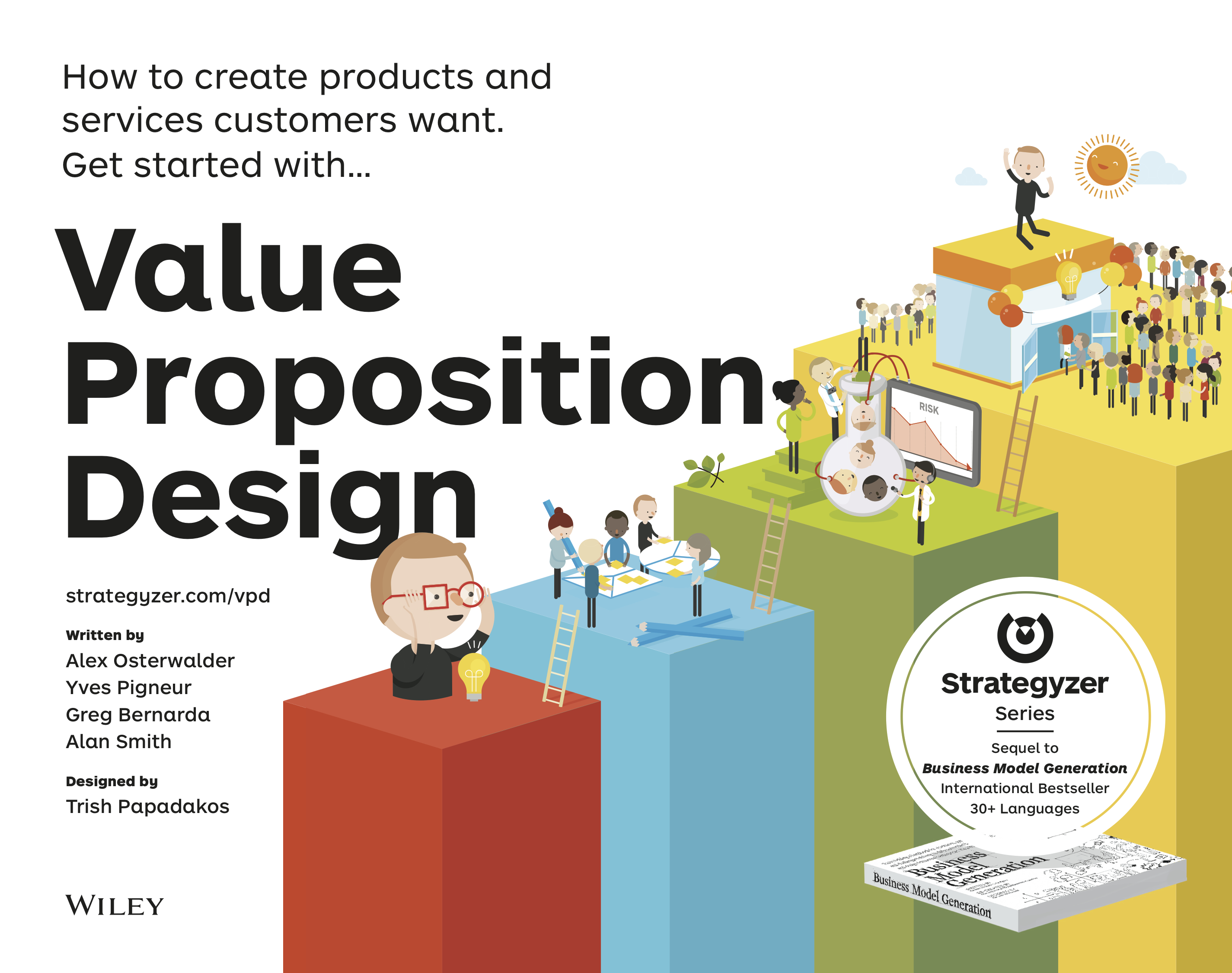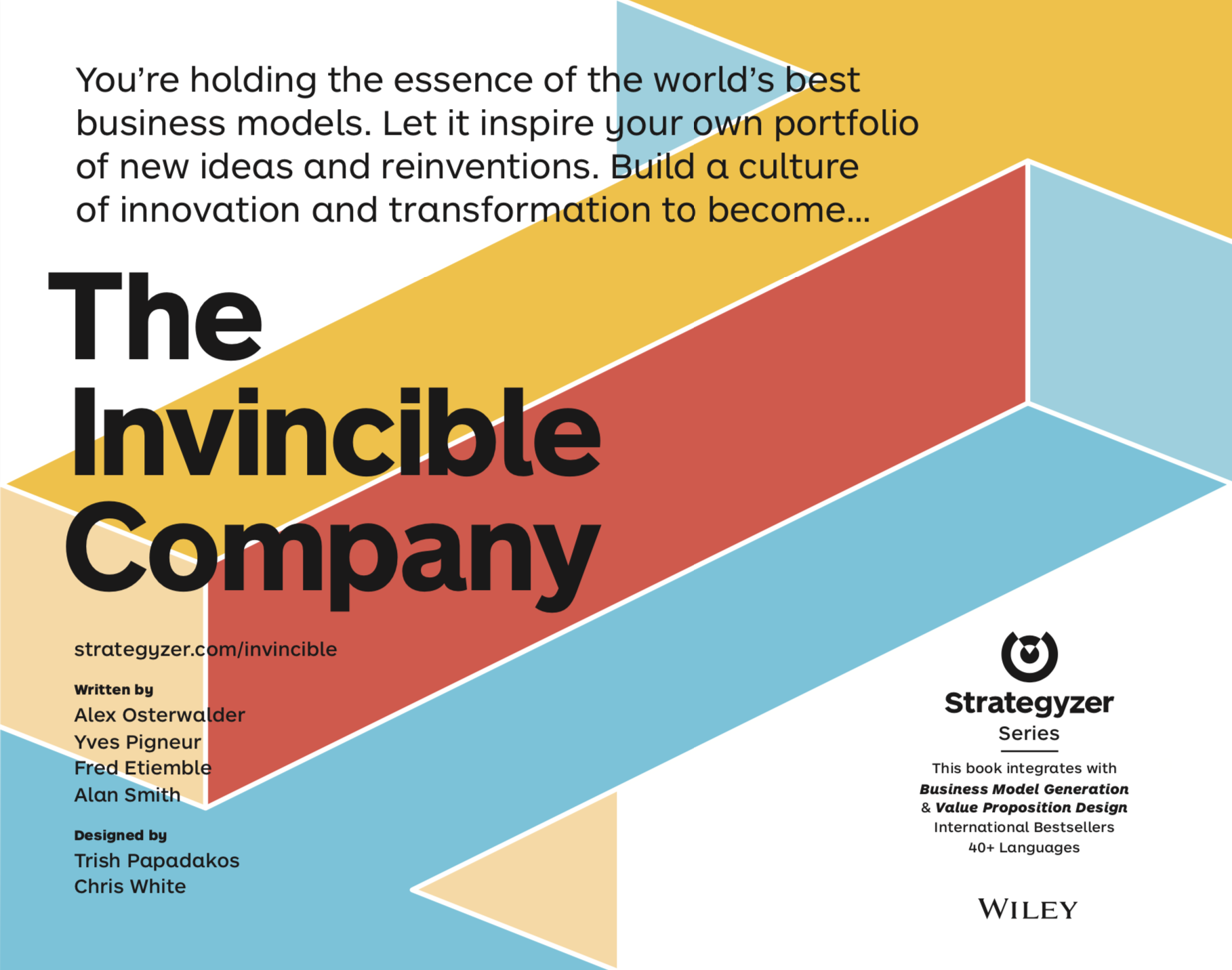Aligning profit and purpose through business model innovation
Tuesday, April 12th, 2011Osterwalder, A, Pigneur, Y. (2011) Aligning Profit and Purpose Through Business Model Innovation, in Palazzo, G. Wentland, M. (eds) Responsible Management Practices for the 21st Century, Pearson International, p. 61-76.
Traditionally, companies separate their profit seeking activities and activities related to generating a positive social and environmental impact. The former usually represents the core focus of a company, while the latter is added on, generally as a not-for-profit entity under the label of corporate social responsibility. Yet, a growing number of first-time and experienced entrepreneurs and executives around the world are not satisfied with this way of operating anymore. They believe that financial profits and a substantial positive impact are not mutually exclusive and they aim to build powerful new business models that do not settle with financial profits, but have a deeper purpose to achieve a positive economic, social and environmental impact. In other words, they set out to design and implement business models in which the profit-seeking activities amplify the positive impact, rather than coming at the expense of profits.
(pdf)




